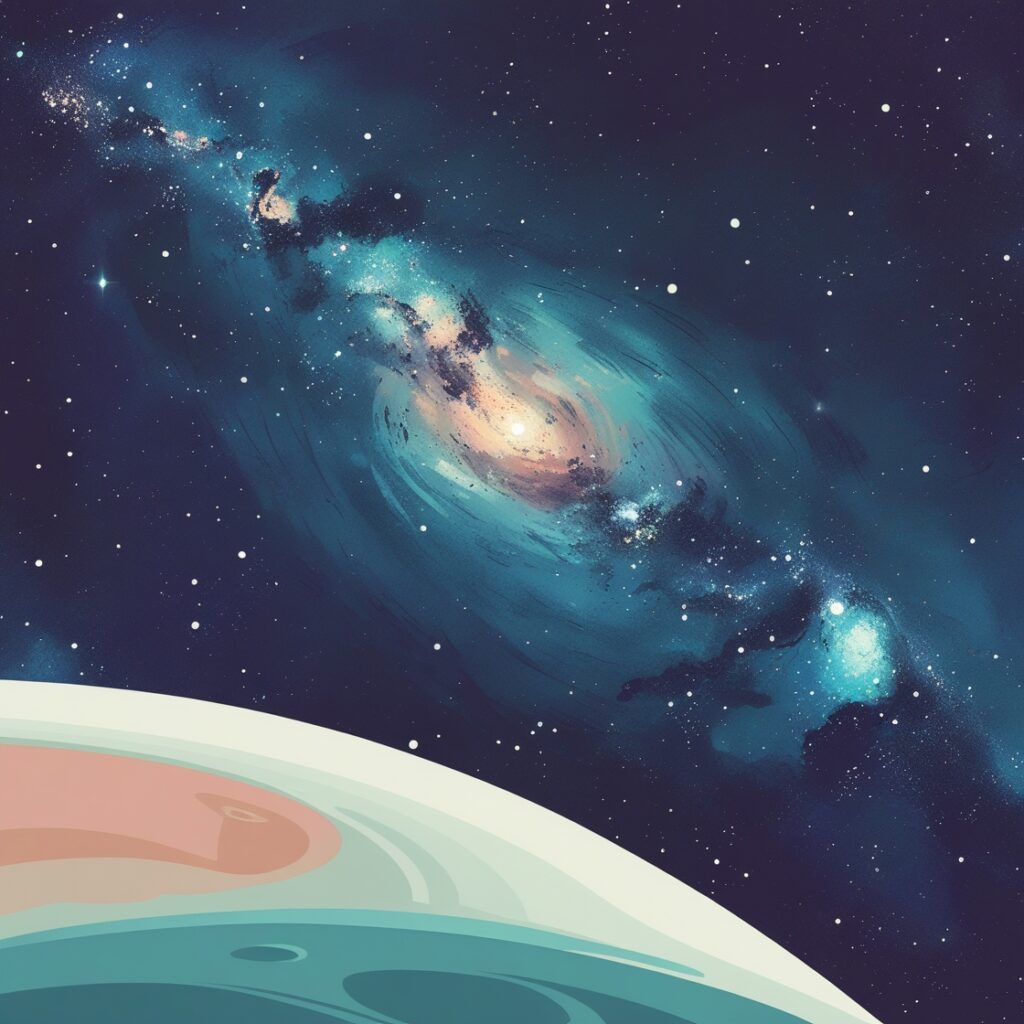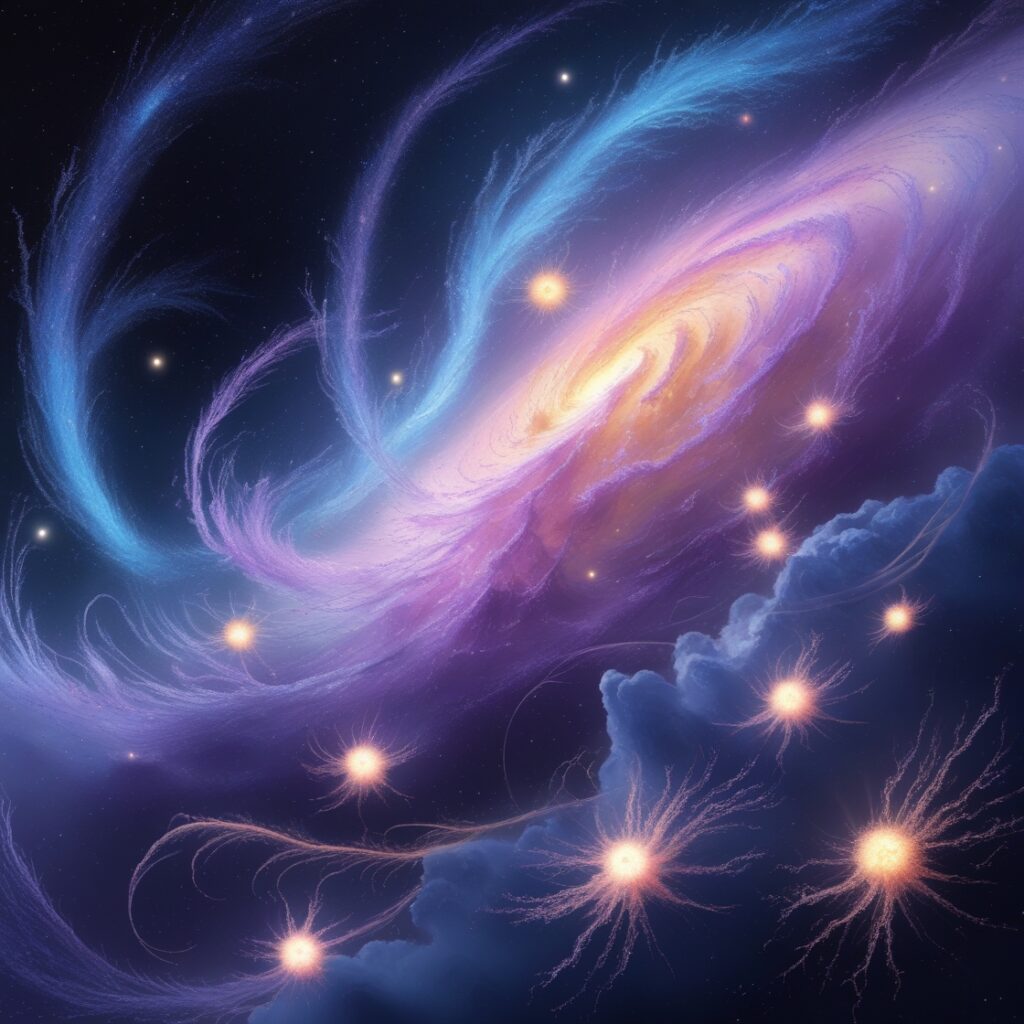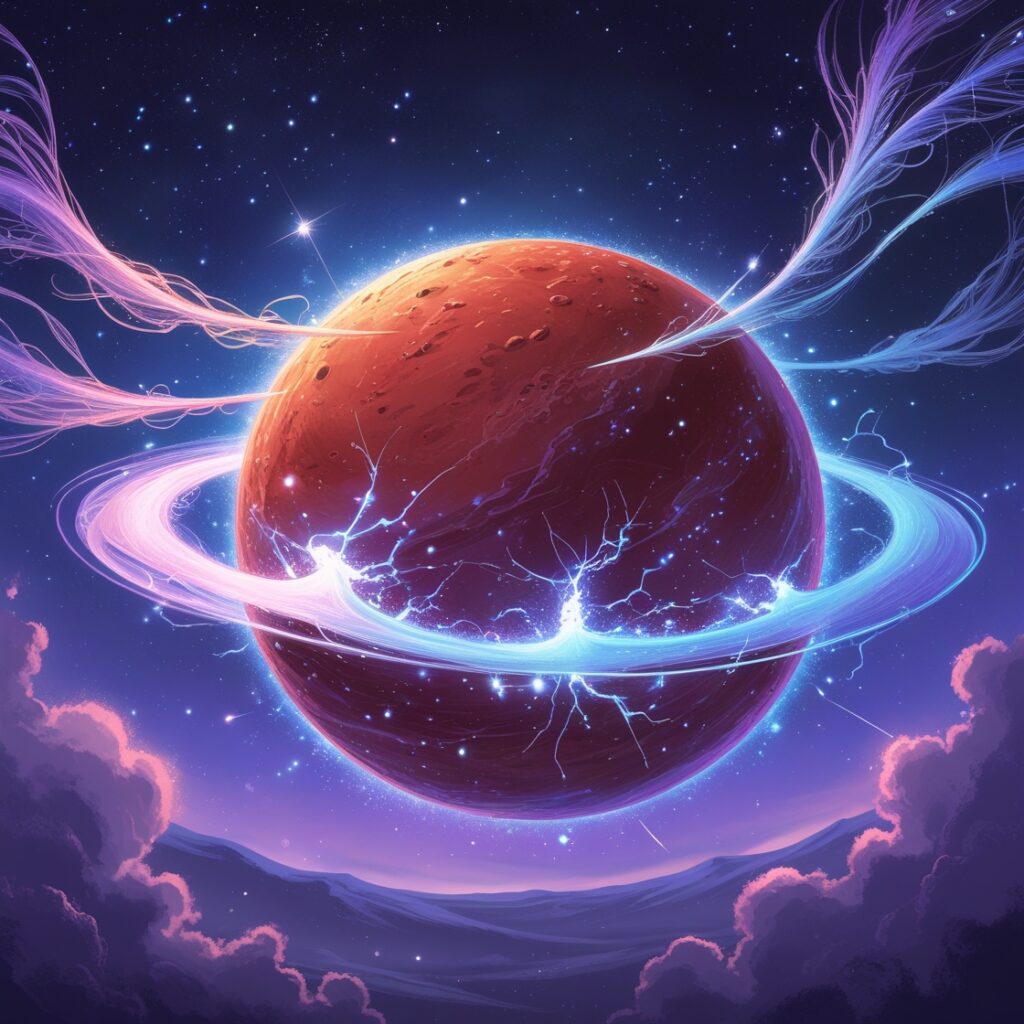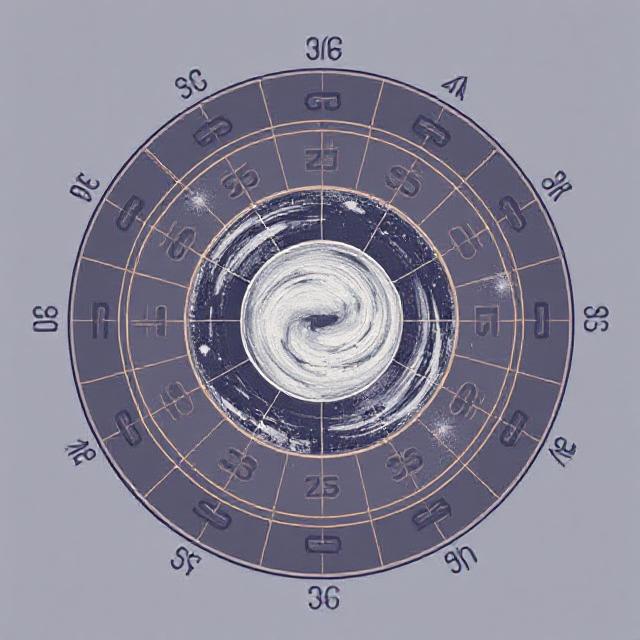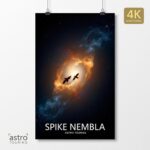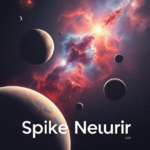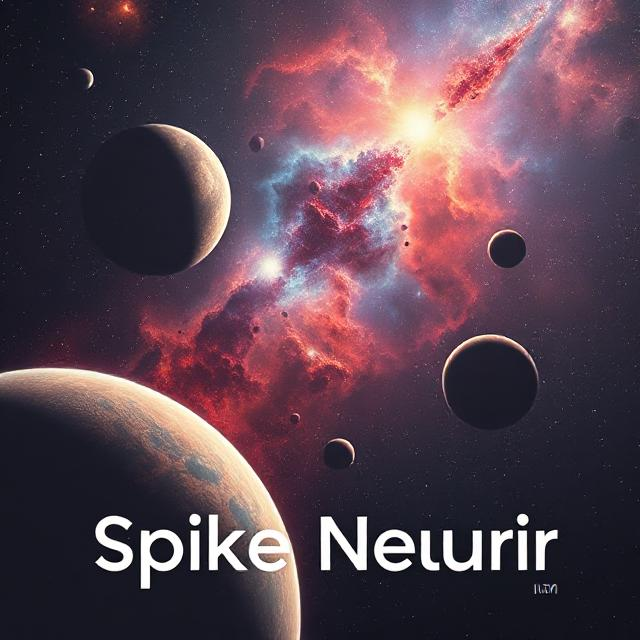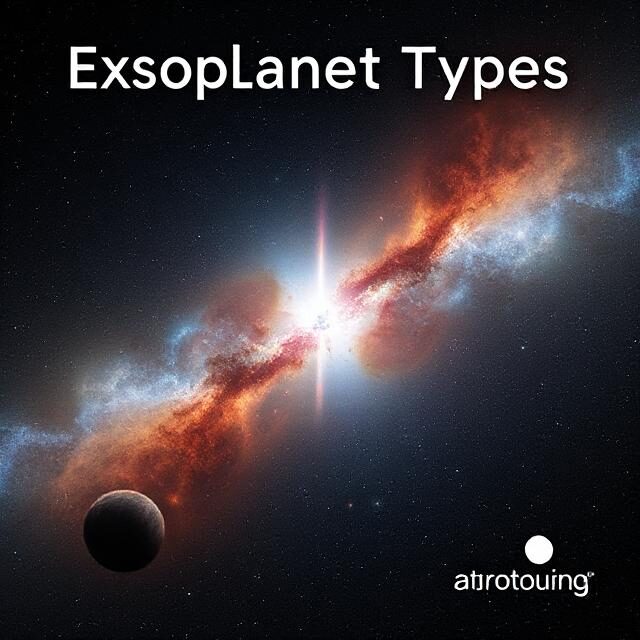How the Spike Nebula Became a Reality: From Artistic Guess to Scientific Discovery
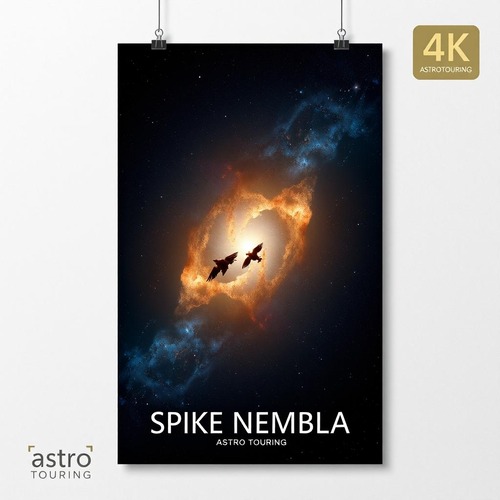

Introduction:
In the vast expanse of space, few phenomena have captivated the imagination of both artists and scientists like the Spike Nebula. What started as an educated guess by astronomers, combined with an artistic depiction of the cosmos, has since turned into one of the most significant astronomical discoveries of our time. The story of how this cosmic feature was imagined, predicted, and eventually confirmed provides valuable insights into the intersection of science and art. In this article, we’ll explore how the Spike Nebula was born from a mix of artistic speculation and scientific foresight.
What is the Spike Nebula?
The Spike Nebula is an extraordinary structure located in a distant galaxy that defied expectations. Initially, it was an abstract concept, shaped more by educated guesses and artistic interpretations of the universe than by empirical data. However, as scientific technology advanced, astronomers began to piece together clues that would eventually confirm the existence of this nebula.
The nebula is characterized by a dramatic, spiking formation that radiates brightly in several wavelengths of light. Its unusual shape and the way it interacts with surrounding space have led researchers to theorize about its origins and its potential to provide insight into the forces at play in the cosmos.
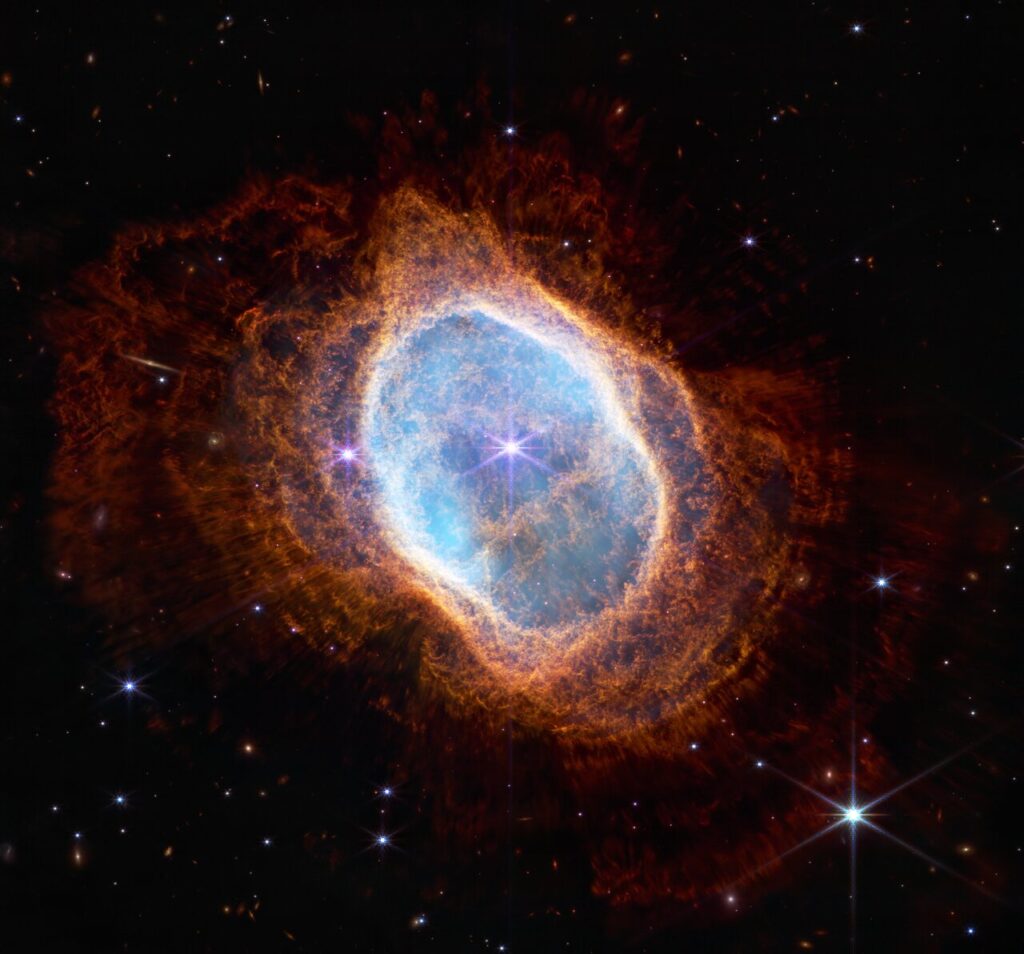

The Artistic Guess: How it All Started
Artists have long tried to visualize the unexplored regions of the universe, often creating speculative depictions based on limited knowledge. In the case of the Spike Nebula, it was a blend of theoretical physics and artistic interpretation that sparked the initial idea. The nebula’s imagined form was inspired by the early studies of nebulae, stars, and cosmic dust clouds.
Before technological advancements in telescopes and imaging, artists like [insert relevant artist] helped give the scientific community a visual context for what the universe might look like. Their interpretations served as visual hypotheses, fueling scientific inquiry and, in some cases, guiding research toward confirmation.
Scientific Progress and Discovery
The journey from an artistic guess to scientific discovery wasn’t straightforward. It took decades of technological development and new methods of observation to confirm the existence of the Spike Nebula. The turning point came with the development of more powerful telescopes capable of observing distant galaxies with greater precision.
Astronomers relied on both ground-based and space-based telescopes, such as the Hubble Space Telescope, to capture high-resolution images of distant nebulae. It was through these observations that the Spike Nebula began to take shape, with scientists identifying key features that matched the early artistic renderings.
As technology continued to evolve, the nebula’s unique properties were studied in detail. Researchers were able to study the way light interacts with the nebula, leading to new theories about its formation and its place within the larger context of galaxy evolution.
The Significance of the Spike Nebula
The Spike Nebula has become a symbol of the power of collaboration between art and science. It serves as a reminder that the exploration of space requires both imagination and empirical observation. Without the early artistic representations, scientists may not have been inspired to pursue the study of this unique structure.
In addition, the Spike Nebula offers critical insights into the processes that govern star formation, interstellar gas clouds, and the complex interactions within galaxies. The study of such nebulae helps astronomers better understand the life cycle of stars, from their birth to their eventual death and transformation into nebulae.
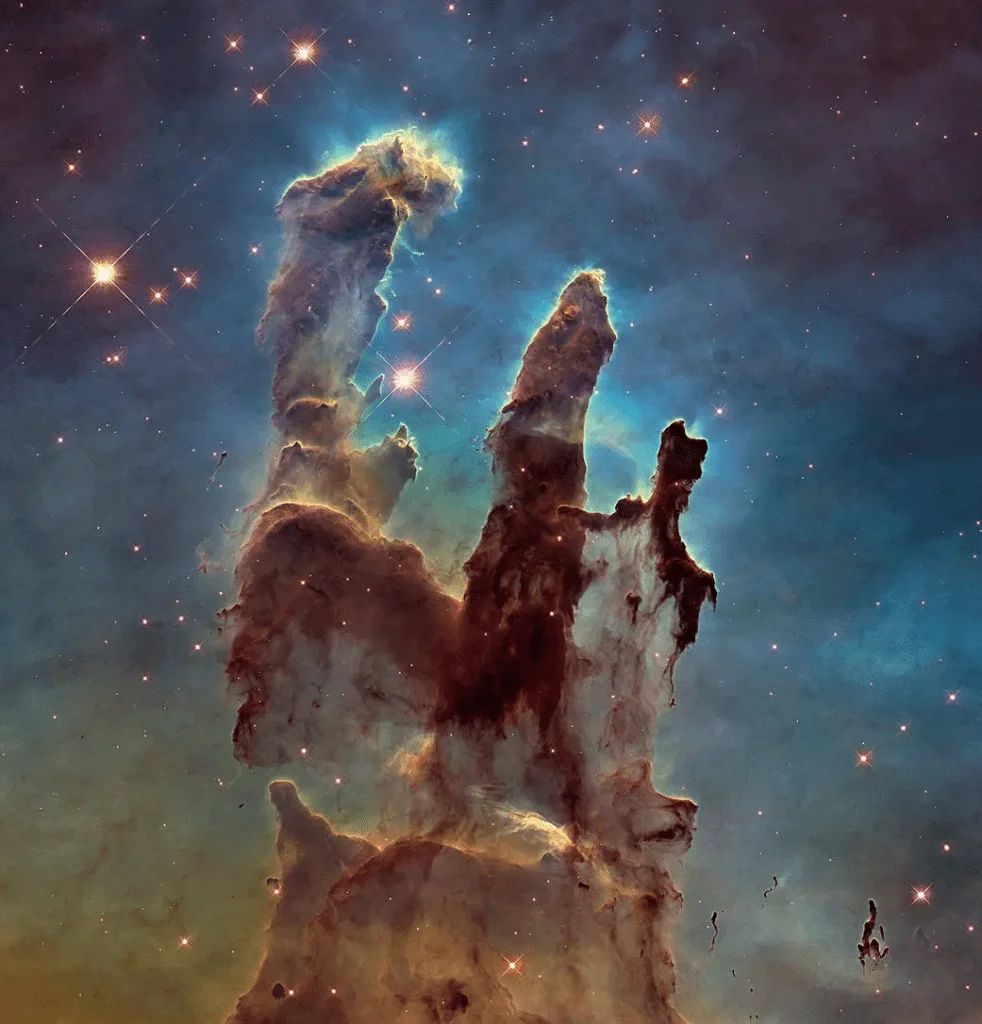

Technological Breakthroughs That Led to Discovery
Advancements in space exploration technology have played a crucial role in the discovery and study of the Spike Nebula. The following innovations have been pivotal:
- High-Resolution Imaging: Telescopes like the Hubble Space Telescope have provided astronomers with unparalleled views of distant galaxies and nebulae. These high-resolution images allowed scientists to identify key features of the Spike Nebula.
- Spectroscopic Analysis: By analyzing the light emitted by the nebula, astronomers were able to determine its composition, temperature, and other important characteristics. This method is crucial in understanding the nature of objects in space.
- Computational Modeling: With the aid of supercomputers, astronomers have been able to simulate the formation and evolution of nebulae, providing deeper insights into how the Spike Nebula might have formed.
How the Spike Nebula Impacts Our Understanding of the Universe
The discovery of the Spike Nebula is a testament to the importance of continuing to explore and investigate the mysteries of the universe. This cosmic feature has provided astronomers with a wealth of information about star formation, galactic dynamics, and the lifecycle of interstellar matter.
Understanding objects like the Spike Nebula helps scientists refine their models of how galaxies evolve. It also sheds light on the forces that drive cosmic events, offering a clearer picture of the universe’s history and future.
The Intersection of Art and Science in Astronomy
While science often relies on data and observation, art plays a crucial role in inspiring new hypotheses and providing a visual framework for complex scientific concepts. The story of the Spike Nebula underscores the value of creative expression in scientific discovery.
Artistic renderings of celestial phenomena allow us to visualize the unimaginable and push the boundaries of our understanding. These depictions, even if speculative, serve as the starting point for deeper exploration and inquiry, proving that imagination is just as essential as observation in the quest for knowledge.
Conclusion: From Guess to Reality
The Spike Nebula is a remarkable example of how art, science, and technology can come together to unlock the mysteries of the cosmos. What began as an educated artistic guess has now been confirmed as one of the most fascinating astronomical discoveries of the modern era.
This story highlights the importance of interdisciplinary collaboration and the continual advancement of technology in the field of astronomy. As we look to the future, we can expect more discoveries like the Spike Nebula to emerge, each one building on the knowledge gained from previous breakthroughs.
Call to Action:
Explore more about the fascinating world of astronomy and discover how art and science continue to shape our understanding of the universe. Check out our other articles on nebulae, star formation, and the latest space discoveries.



